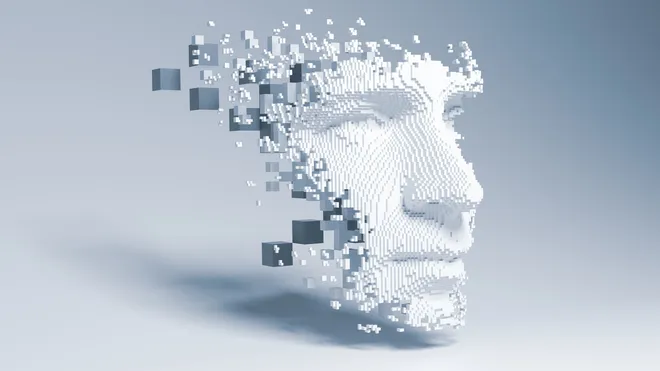Don't be fooled by deepfake videos and photos this election cycle. Here's how to spot AI

There was the deepfake audio robocall of President Joe Biden telling you to hold your vote. And just last week, a phony video of Donald Trump with Black voters made the rounds.
AI deepfakes are a massive problem this election season, and it’s easy to get taken – especially when your news and social feeds are full of this junk.
By the way, you’re not alone if you have been fooled. Nearly two-thirds of people can’t tell the difference between artificial intelligence-generated images and voices and the real thing, according to a study by the University of Aberdeen in Scotland. Those are awful odds. Here are some rules of thumb to protect your vote:
I send smart, actionable tech news and tips like this daily.Join 500K folks and get the Current. It’s free!
‘Viral’ doesn’t mean ‘verified’
Almost all of the AI-generated slop online is peddled for clicks on social media, not published by major news outlets. These publications still get tripped up, of course, but it's rare.
I’m all for citizen journalism, but when it comes to our elections, stick to publications you know you can trust. Be wary of anonymous accounts that post without a legitimate person or organization attached to them.
If it’s some random person on Facebook you’ve never heard of, do your homework before you hit share.
Look for other coverage
Scammers can put together a convincing image or video, but they can't fake the context. When Biden or Trump says something, I promise it will be reported a hundred times and recorded from 20 angles – especially if it’s outlandish.
◾ If you can only find one source for something, your internal AI detector should go off. Use Google Fact Check Explorer, VerifyThis, or Snopes to double-check.
Pro tip: Search related keywords on Google and social media platforms like YouTube, TikTok and Instagram. If you’re struggling with ways to search, you can even take screenshots of critical parts of the video and do a reverse image search.
Slow down
We’re all busy and we’re all in a hurry, but it’s worth slowing down – especially if something makes you feel something big. Deepfakes are often created with emotion in mind. The point is to make you mad, sad, or scared enough to share.
When it comes to political figures, pay attention to mannerisms. They’re as unique as fingerprints. President Barack Obama’s signature head lift and slight frown were present whenever he’d say, “Hi, everybody” in his weekly addresses. If the star of a video seems like an impersonator, they very well could be.
When in doubt, use this AI image checklist
Election fakes are particularly tricky to spot because there’s so much public footage of politicians speaking in front of similar backgrounds to copy. But you can still use these guidelines to verify if it’s AI or not:
◾ Backgrounds: A vague, blurred background, smooth surfaces, or lines that don’t match up are immediate red flags that an image is AI-generated.
◾ Context: Use your head – if the scenery doesn’t align with the current climate, season or what’s physically possible, that’s because it’s fake.
◾ Proportions: Check for objects that look mushed together or seem too large or small. The same goes for features, especially ears, fingers and feet.
◾ Angle: Deepfakes are the most convincing when the subject is facing the camera directly. Once a person starts to turn to the side and move, glitches may appear.
◾ Text: AI can’t spell. Look for fake words on signs and labels.
◾ Chins: Yep, you heard me. The lower half of the face is the No. 1 giveaway on AI-generated candidate videos. It’s subtle, but check to see if their chin or neck moves unnaturally or in an exaggerated way.
◾ Fingers and hands: Look for weird positions, too many fingers, extra-long digits, or hands out of place.
If you spot it, don’t spread it
I get that some of these images and videos are shocking or even hilarious – but they’re putting our elections at risk. Don’t contribute to the “Great American Fake-Off.” If you’re going to share something you know is AI-generated, call it out clearly in your text or post. Really, you’re better off not sharing it at all.
Learn about all the latest technology on the Kim Komando Show, the nation's largest weekend radio talk show. Kim takes calls and dispenses advice on today's digital lifestyle, from smartphones and tablets to online privacy and data hacks. For her daily tips, free newsletters and more, visit her website.
Disclaimer: The copyright of this article belongs to the original author. Reposting this article is solely for the purpose of information dissemination and does not constitute any investment advice. If there is any infringement, please contact us immediately. We will make corrections or deletions as necessary. Thank you.







